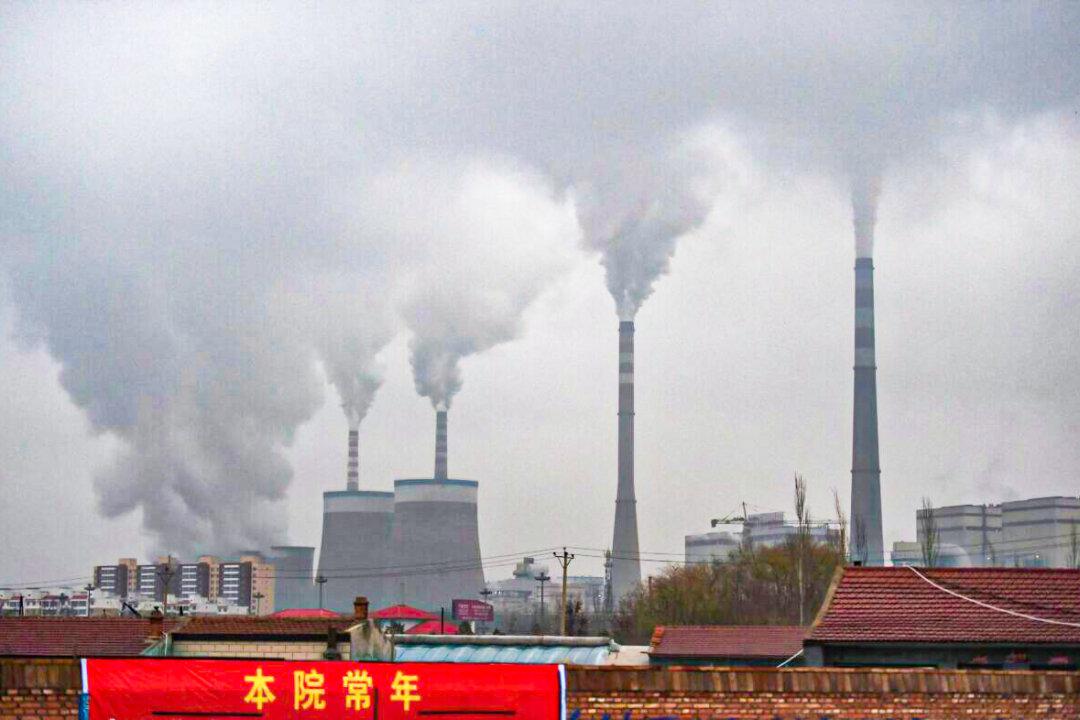A study by the Australian National University (ANU) of China’s moves toward the decarbonisation of its economy has noted there is a potential for Beijing’s demand for coal imports, including from Australia, to fall substantially by 2025.
Energy economist and lead author of the study, Jorrit Gosens, said that the modelling indicates major coal exporters such as Australia could be hit hardest by this change.





